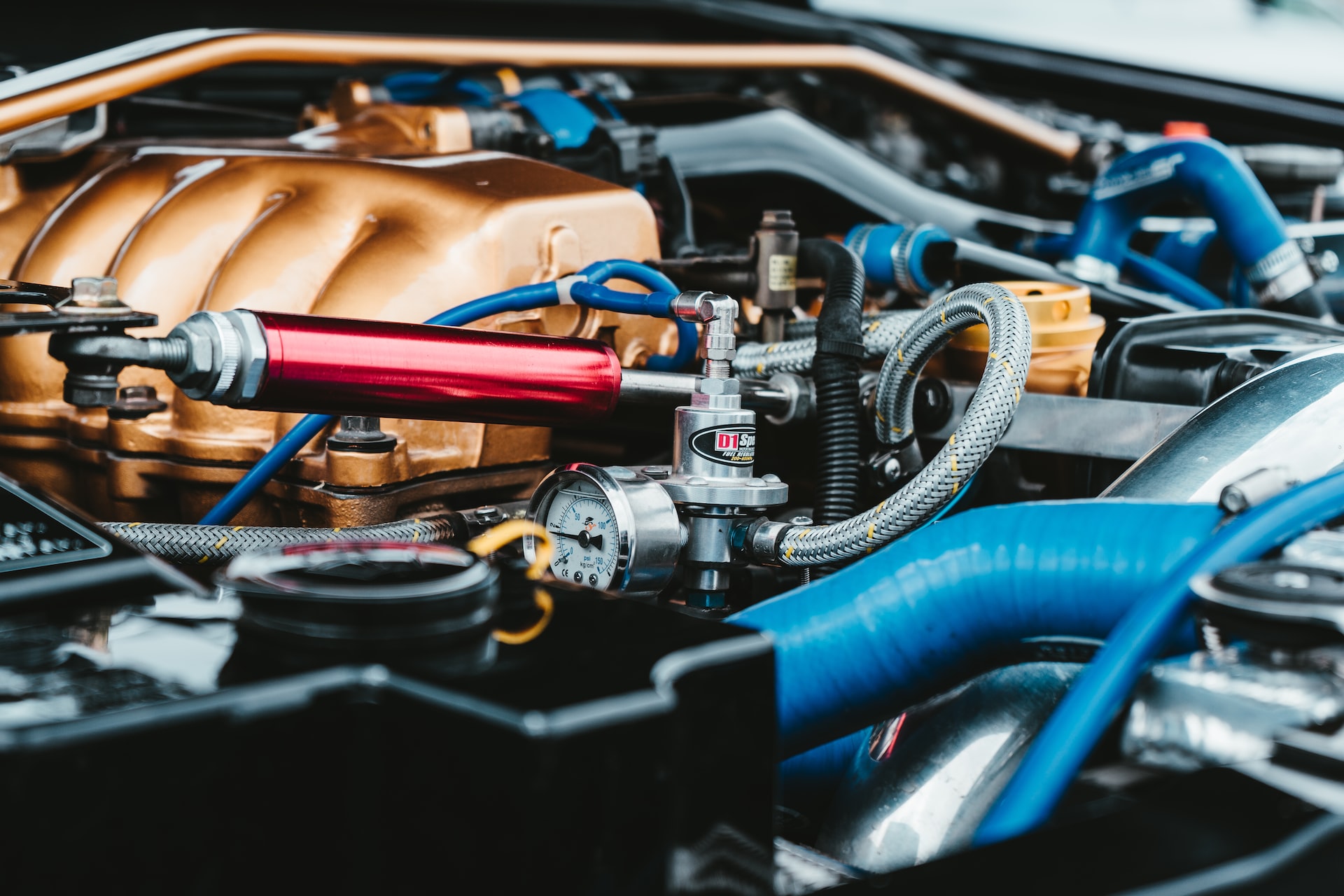OEM vs. Aftermarket: Which Parts Are Right for Your Vehicle?
When it comes to replacing parts on your vehicle, you may be faced with a decision: OEM vs. aftermarket? OEM, or Original Equipment Manufacturer, claims are made by the same company that manufactured your vehicle, while other companies make aftermarket parts. In this blog post, we’ll explore the pros and cons of using OEM parts versus aftermarket parts, so you can decide which features are suitable for your vehicle.
OEM Parts – PROS
- High Quality: OEM parts are made to the same standards as those initially installed in your vehicle. This means you can trust that they are high quality and will perform as expected.
- Warranty: Many OEM parts come with a confirmation from the manufacturer, giving you peace of mind in case something goes wrong.
- Exact Fit: Because OEM parts are made by the same company that manufactured your vehicle, you can be confident that they will fit your vehicle perfectly.
OEM Parts – CONS
- Expensive: OEM parts are often more costly than aftermarket parts, making them less appealing to cost-conscious consumers.
- Limited Selection: Because the manufacturer only makes OEM parts, a limited selection may be available, especially for older or less popular vehicles.
- Availability: Depending on the part you need, you may have to order it from a dealer or manufacturer, which can take longer and be more expensive than buying an aftermarket part.
Aftermarket Parts – PROS
- Cost: Aftermarket parts are often less expensive than OEM parts, which can appeal to consumers on a budget.
- Availability: Because many companies make aftermarket parts, a more comprehensive selection is often available, even for older or less popular vehicles.
- Performance: Some aftermarket parts, such as high-performance air filters or exhaust systems, are designed to improve performance.
Aftermarket Parts – CONS
- Quality: Various companies make aftermarket parts, so that the rate can vary greatly. It’s essential to do your research and choose a reputable manufacturer.
- Fit: Aftermarket parts may not fit your vehicle perfectly, leading to performance or safety concerns.
- Warranty: Aftermarket parts may not come with a warranty, which can be risky if something goes wrong.
Choosing the Right Parts
When choosing between OEM and aftermarket parts, it’s essential to consider your budget, vehicle, and needs. For example, if you’re looking for a high-quality, exact-fit part and are willing to pay a premium, OEM parts may be the right choice. On the other hand, if you’re on a budget or looking for a part that isn’t available from the manufacturer, an aftermarket part may be a better option. Just be sure to choose a reputable manufacturer and do your research before making a purchase.
Conclusion
In conclusion, there are pros and cons to using both OEM and aftermarket parts. While OEM parts offer high quality and an exact fit, they can be expensive and have limited availability. Aftermarket parts are often less costly and more widely available, but the quality and fit vary greatly. By considering your budget, vehicle, and needs, you can decide which type of parts are right for you. If you need more clarification, consult a trusted mechanic or parts specialist for guidance.




